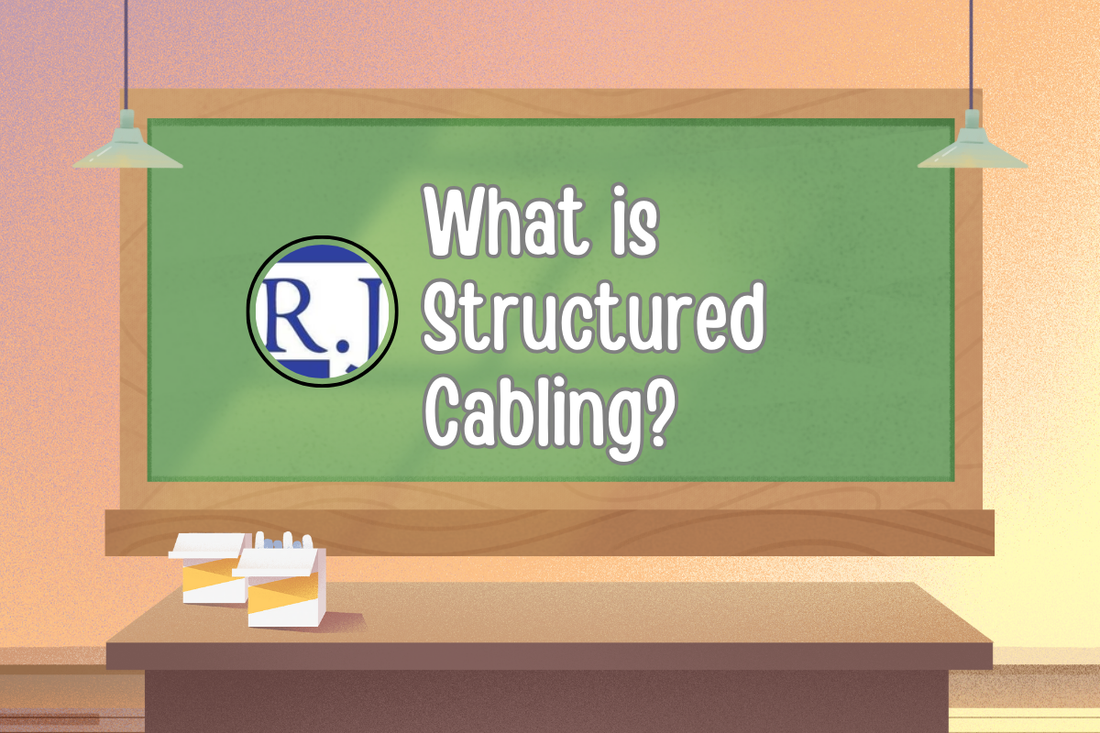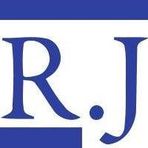
What is Structured Cabling?
Share
What Is Structured Cabling?
In video, voice, data, and IT infrastructures – structured cabling is an approach to creating and installing an organized cabling system. Think of it as a framework or guidelines that ensures all of your cables are easily maintained and future installations are quick and easy. A structured cabling system can be an incredibly complex and comprehensive layout for larger networks, or a simple routing for home networks.
What Are The 6 Components of Structured Cabling?
Horizontal Cabling
Horizontal cabling runs between the telecommunications room and the work areas (end-user devices). These cabling are usually installed in walls, ceilings, or raised floors.
Backbone Cabling
Backbone cabling connects different areas of the networks such as equipment room to telecommunication rooms. Typically uses fiber optic or high category copper cables such as Cat6A to support high speed data transmission.
Entrance Facility
This is where the external service providers cabling enters the building. This area includes a section where usually the network demarcation point is located (or where their responsibility ends) and protection against electrical surges.
Telecommunication Rooms
These rooms act as intermediate connection points for backbone and horizontal cabling, they include patch panels, switches, and cable termination points. Usually each floor or section of a building will have its own telecommunications room.
Equipment Rooms
This area/room houses the majority of the critical networking equipment such as servers, core switches, routers, and patch panels. Think of this room as the central hub for all network connections.
Work Area Component
This is where end-user devices connect to the network from access points like keystone jacks, RJ45 connectors, network outlets, and patch cords connecting to devices like computers, VoIP phones, and printers.
What Are The Benefits of Structured Cabling?
Scalable / Future Proof
Having a well organized cabling structure will allow you to easily install any future integrations with ease. You can quickly identify access points and optimize your setup by maximizing space-efficiency.
Reduced Downtime
Structured cabling can help simplify troubleshooting issues that may arise in your network and allow for easier maintenance. Picture a bundle of disorganized cables strewn all across your server racks, and then evenly section cables that are not only color coded, but have easily identifiable connection points. For technicians, having an organized system will allow them to complete their job a lot more conveniently.
Improved Performance
When cables transferring data and power mix together in close proximity, they can create signal interference from the resulting electromagnetism. In larger settings where there are more cables, this problem is enhanced. Crosstalk is among one of the silent disruptors in networking, and it can degrade performance and stability. The standard practice is to use shielded equipment, but another step you can take to protect your setup is with structured cabling. An organized system will help reduce signal interference while also enhancing data transmission.
Cost Efficiency
A side effect (but a positive one) of having less down time means work-efficiency is at an all time high! Technicians are able to put more focus into other aspects of a network in the same amount of time. Similarly, having a scalability factor will snowball into more money saved as finding and integrating the appropriate equipment is a simpler feat. Additionally, a stronger performing network for the same cost results in lower operational costs.
Standardization
Structured cabling doesn’t just involve a clean cut cable management. It also involves choosing the right equipment and material for your system. Another benefit of this structured system is having a standardization to all of your equipment. This way, you can ensure compatibility with industry standards such as TIA/EIA-568 and ISO/IEC 11801. Among other benefits from standardization is having a clear set of product specifications you will need for replacements and installation.
Best Practices for Structured Cabling?
Follow Industry Standards
Using the TIA/EIA-568 and ISO/IEC 11801 standards for structured cabling will 1) ensure compatibility between your devices and cables, 2) improve performance and operations, and 3) simplify troubleshooting for otherwise tedious problems.
Plan for Scalability and Future Growth
Always plan and design your network setup for future growth, even if you don’t plan to do so in the near future. The same applies for your structured cabling. If you plan to use your setup extensively or for the long-term, it’s always a good idea to leave extra conduits and pathways for easy expansion. Who knows, maybe you’ll need a higher category cable as needs and demand grows.
Use Quality Components in Your Setup
Having a high performing and reliable setup can be done with structured cabling. Room for optimization would include investing into higher quality components. Consider using high quality patch panels, keystone jacks, RJ45 connectors, alongside cable management to ensure consistent performance and long-term reliability (e.g. trusted brands such as CommScope, Leviton, Siemon, and R.J. Enterprises!).
Another factor to consider when choosing the right components is the compatibility between different brands. Although most equipment is typically designed to a certain standard, it is always best practice to do your due diligence.
Utilize Proper Cable Management Tools
By using tools like cable trays, racks, and velcro straps, you can easily organize all of your cables to a manageable level. The proper tools will make installation a lot quicker and keep your cables sectioned.
Test All Connections
Before deployment, you can test your connections with a cable tester. By doing so, you can identify faulty points early on and apply the correct fixes. Otherwise, you’d have to invest more time afterwards to find the culprit cables. You can also consider performing certification testing to test the cable's compliance with standards.
Documenting
Any professional, especially those in technical industries like networking, will tell you documenting everything will help you in the long run. Keeping an updated map of cable layouts, labeling, and networking configuration will help with maintenance and standard checkups.
Pro tip: store all of your documentations into a digital format for easier access!
Common Mistakes in Structured Cabling?
Ignoring Limitations of Cable Length
Modern Ethernet cables are limited to 100 meters before signal loss and performance issues. Plan out the lengths of your cables properly and connection points to avoid this limitation.
Not Labeling Your Equipment Properly
Improper or poorly labeled cables and equipment will cause delay during maintenance and troubleshooting. Additionally, improper labeling can result in further confusion when replacing sections or adding new connection points.
Running Data and Power Cables Together
Alien crosstalk is a side effect of the electromagnetic field generated by high speed cables. To prevent EMI and alien crosstalk from affecting the quality of your data transmission, make sure you are using shielded equipment or ensuring there is adequate spacing between them.
Not Considering Airflow and Heat Management
An overlooked aspect of cabling is overcrowding. In tight spaces, sometimes it may be unavoidable, but always keep in mind the heat that is generated and trapped by the close proximity of your cables. Overheating equipment will have a reduced lifespan and will need to be replaced more often.
Ignoring Grounding Practices
Ignoring grounding, or generally poor ground techniques, will cause your networks to perform worse and instably. Poor grounding can also result in damages to your hardware, or outright failure.








